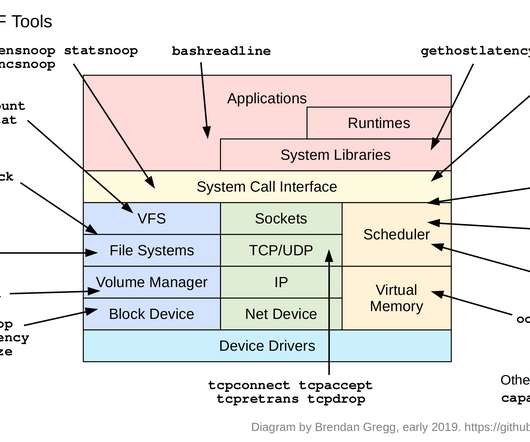Kubernetes in the wild report 2023
Dynatrace
JANUARY 16, 2023
Open-source software drives a vibrant Kubernetes ecosystem. Accordingly, the remaining 27% of clusters are self-managed by the customer on cloud virtual machines. Of the organizations in the Kubernetes survey, 71% run databases and caches in Kubernetes, representing a +48% year-over-year increase. Java, Go, and Node.js

















Let's personalize your content